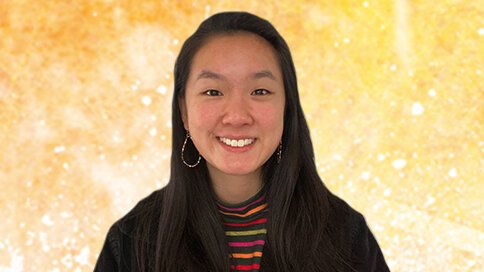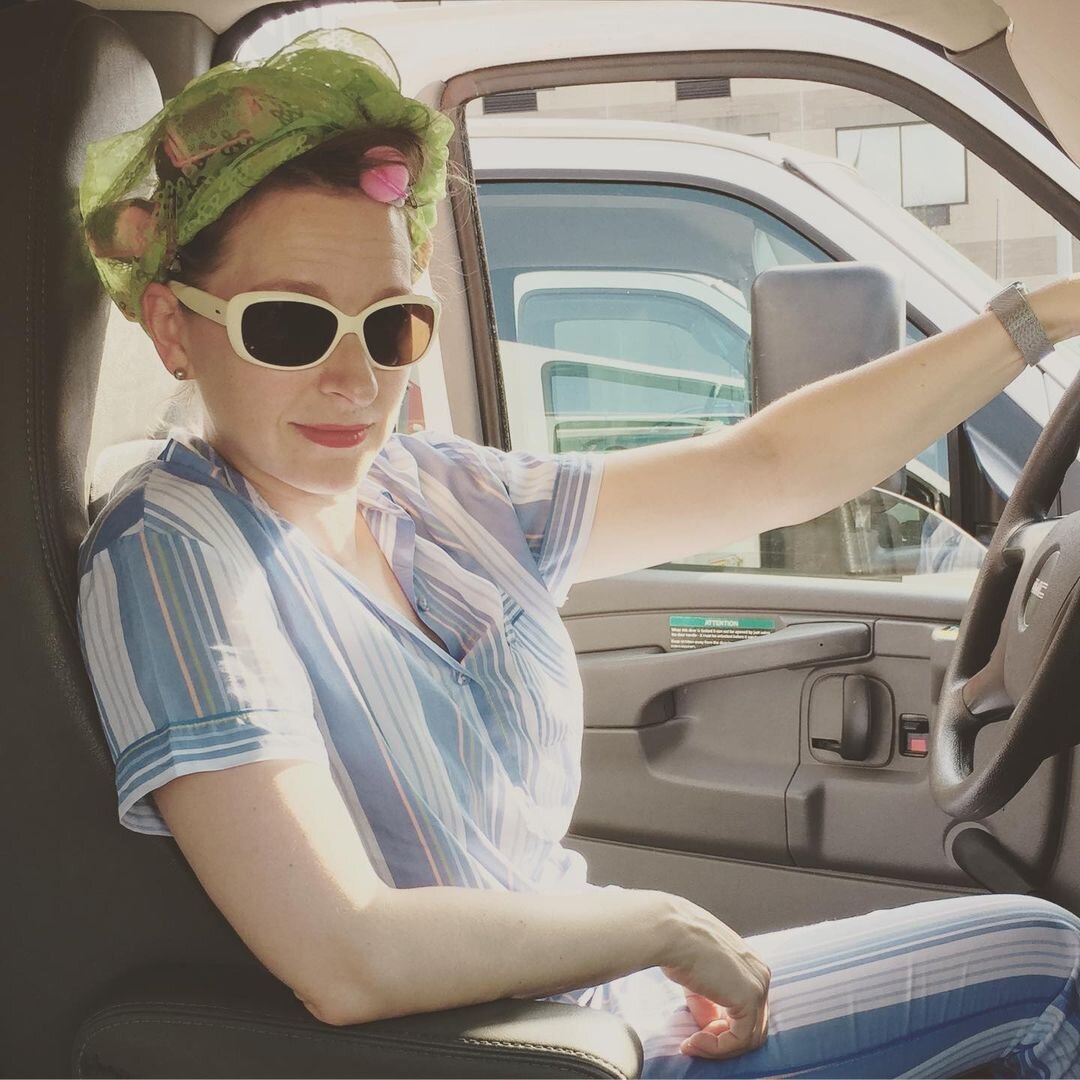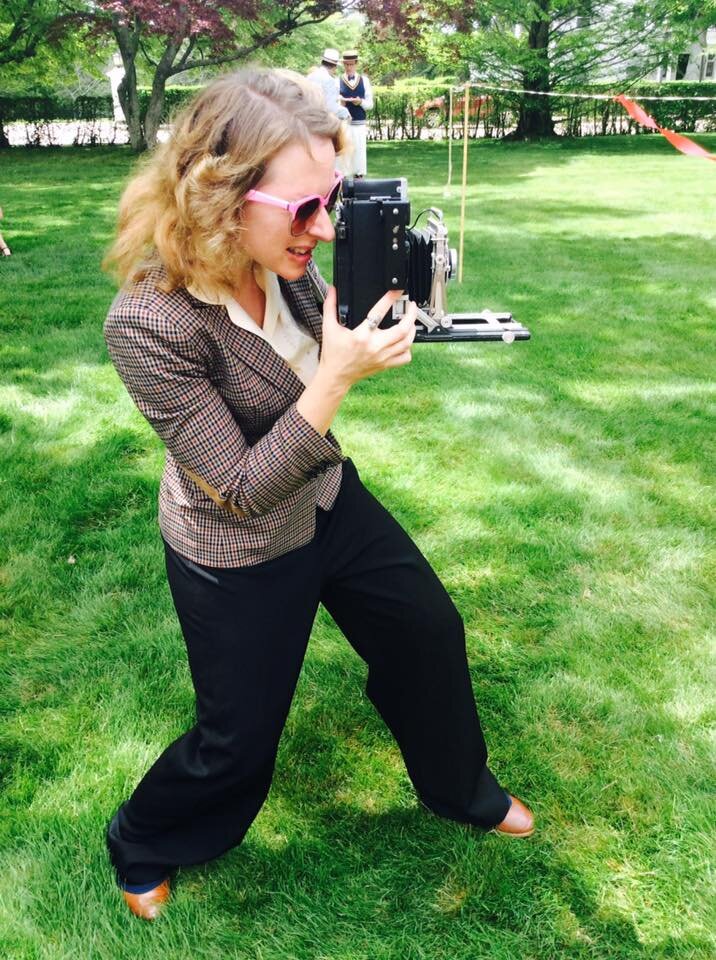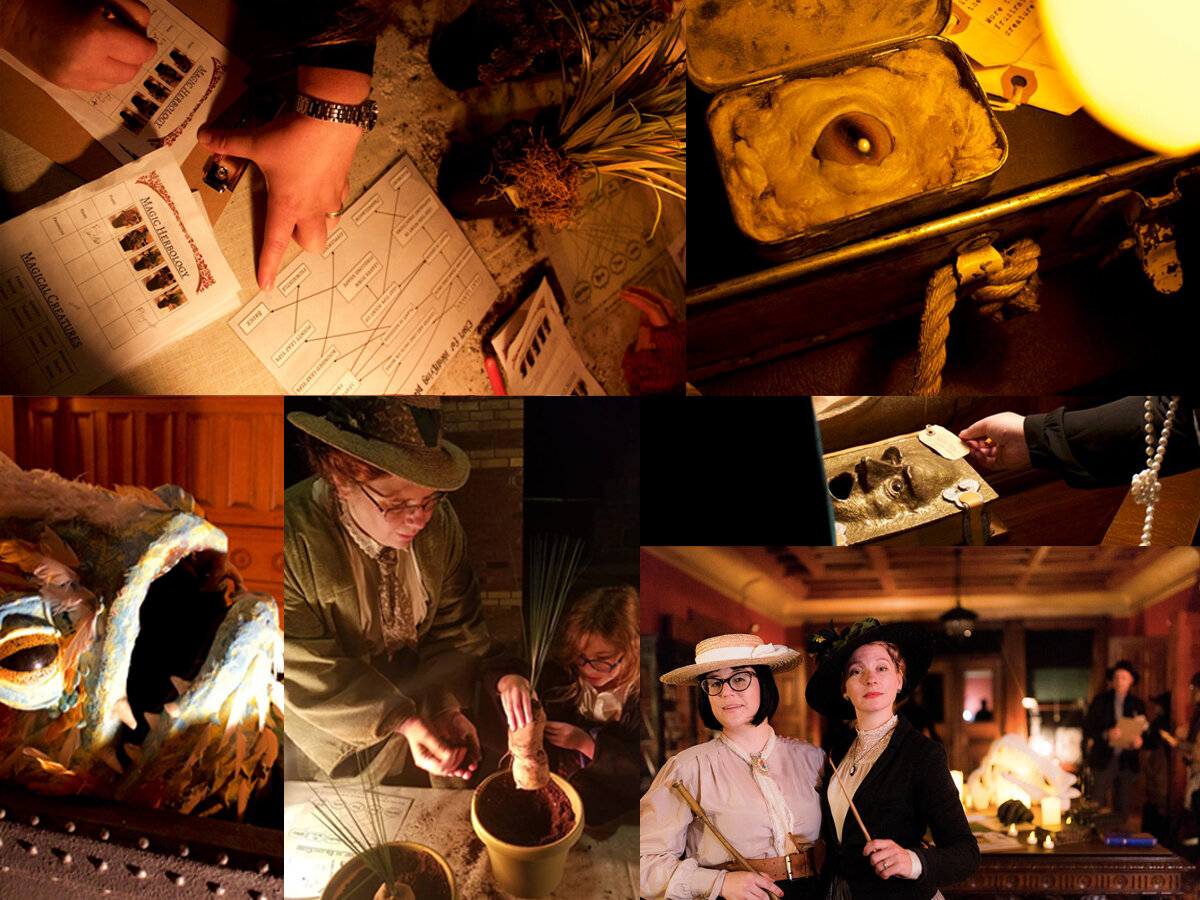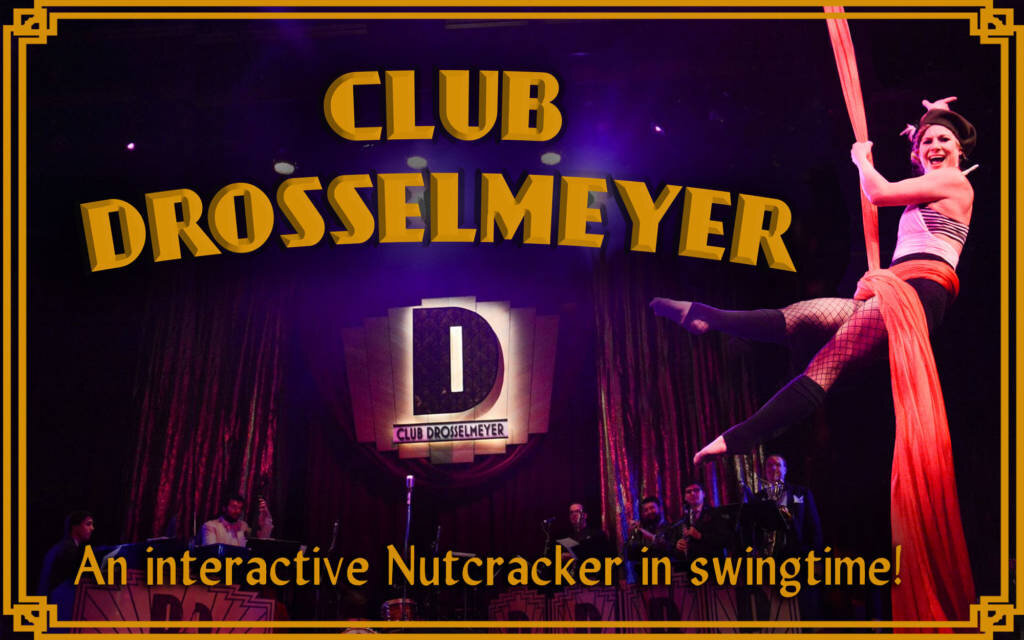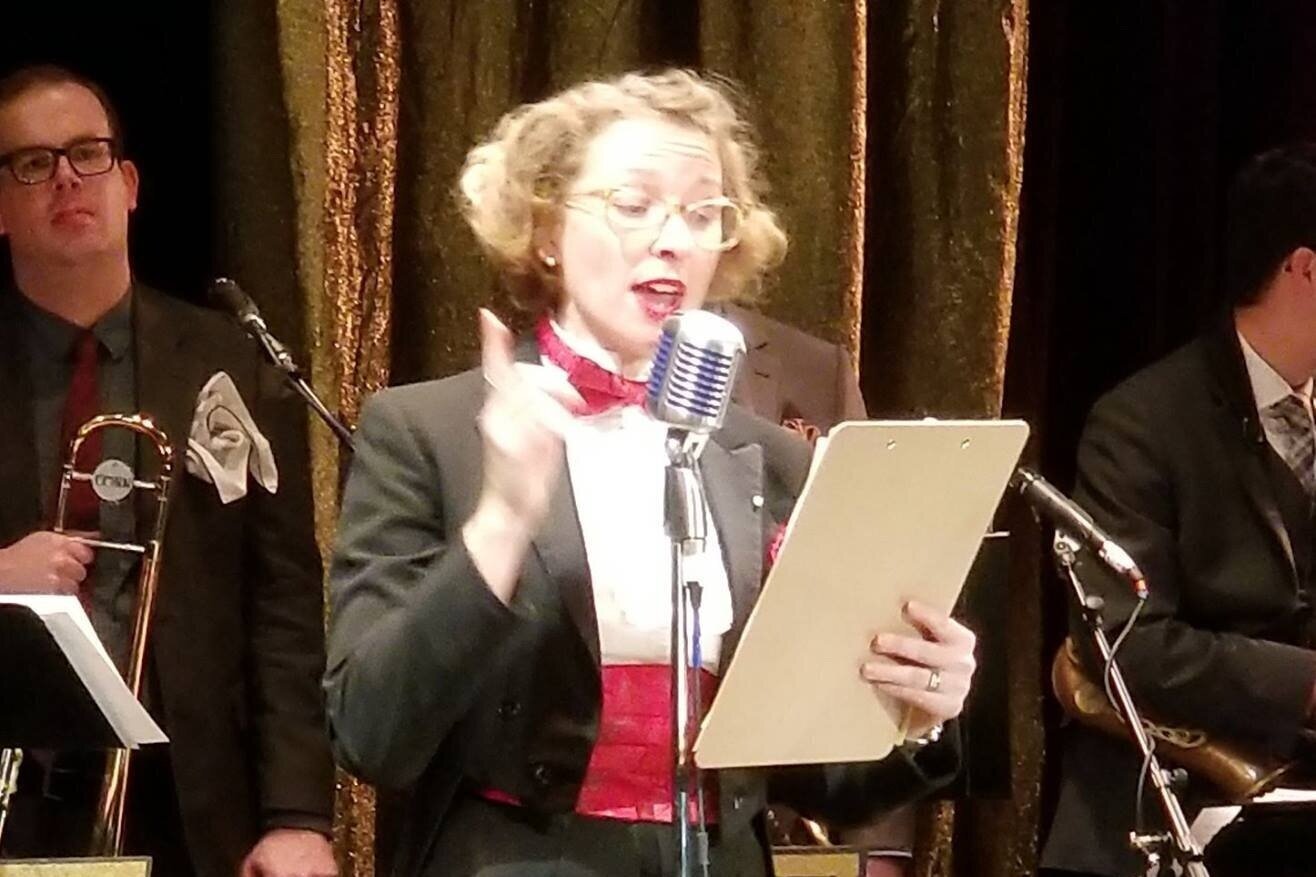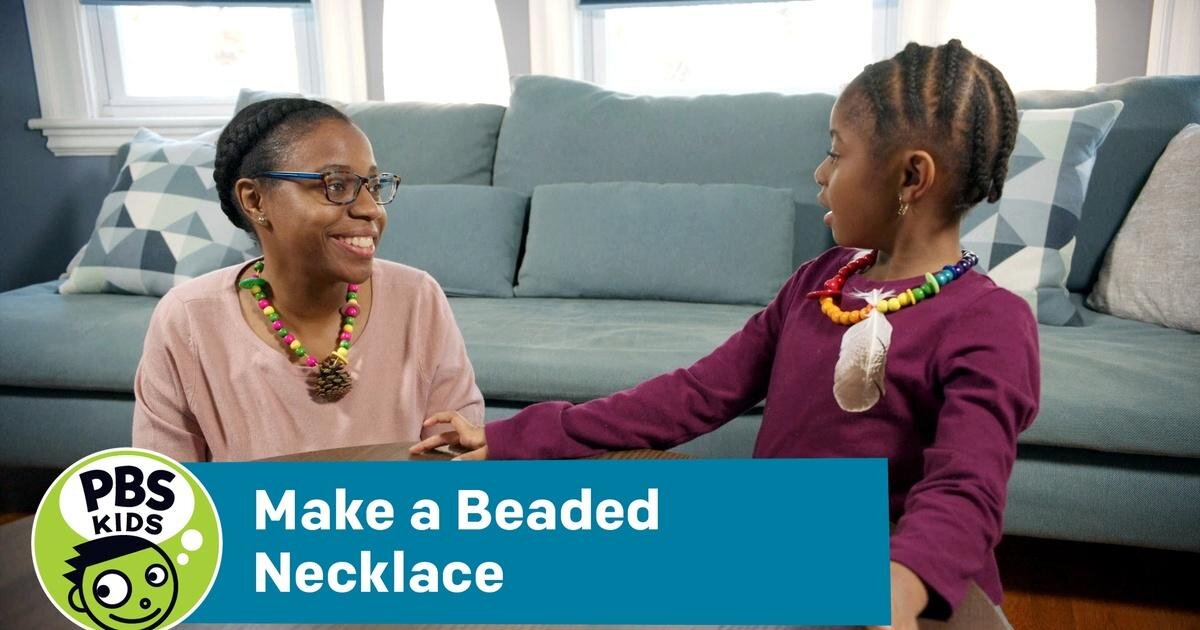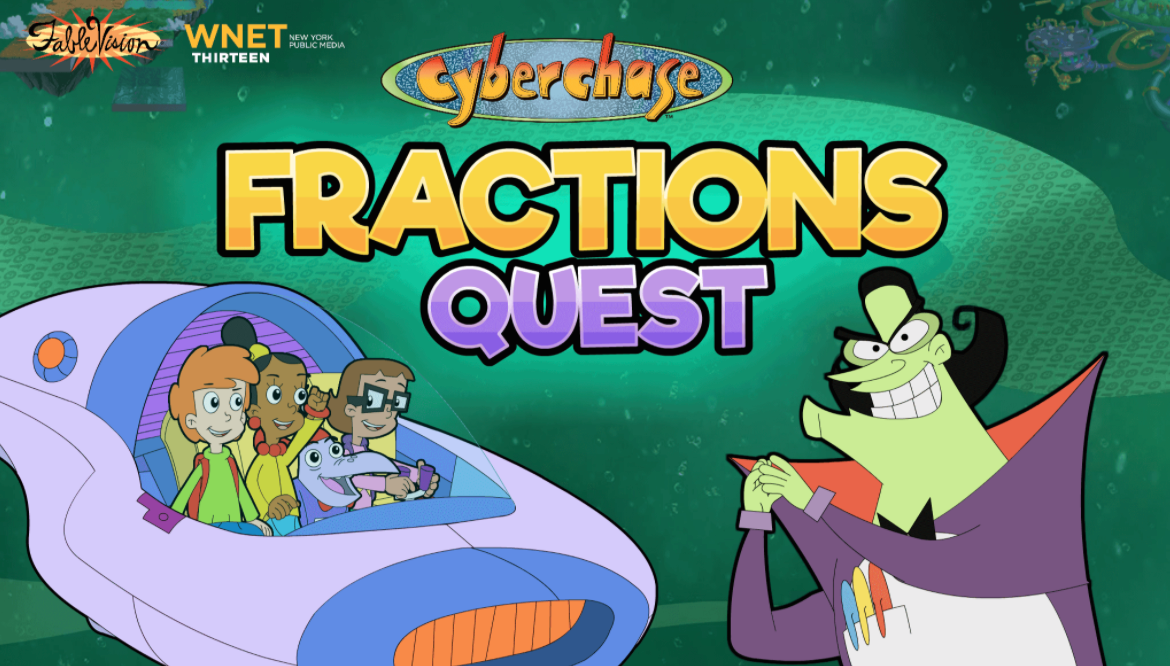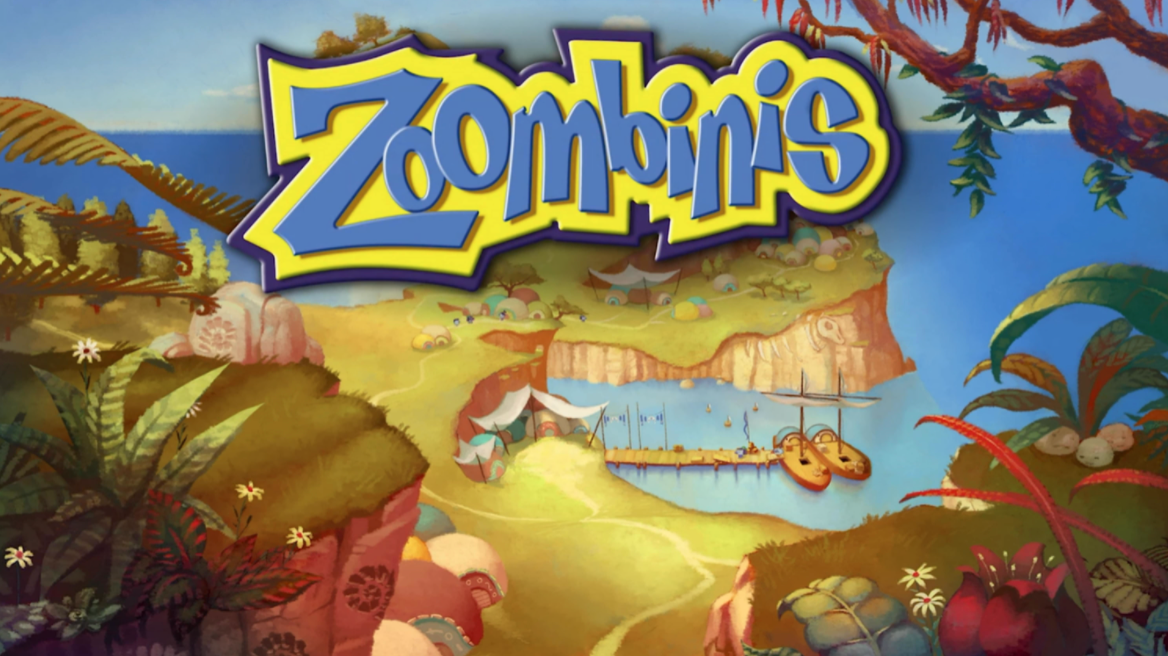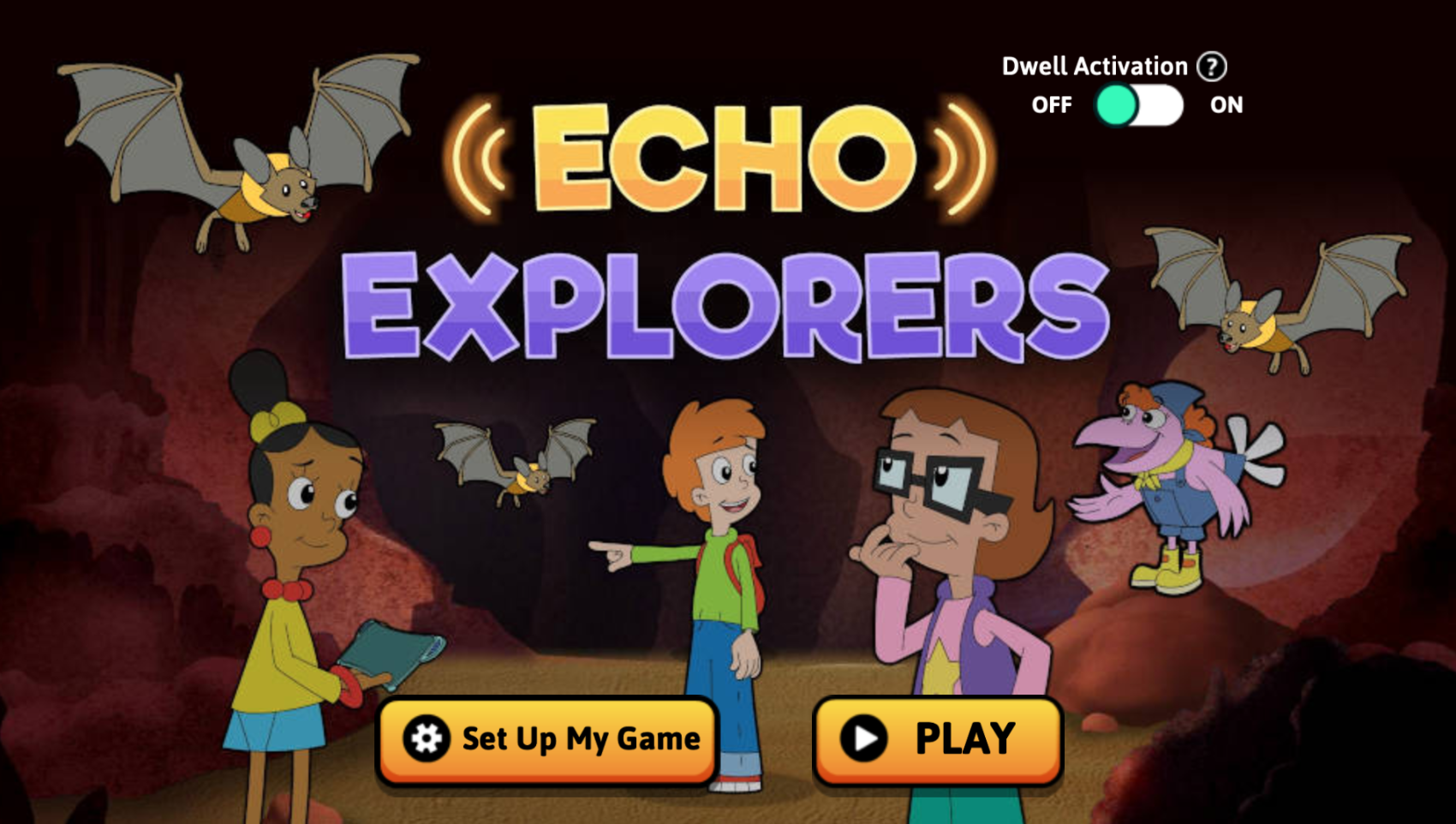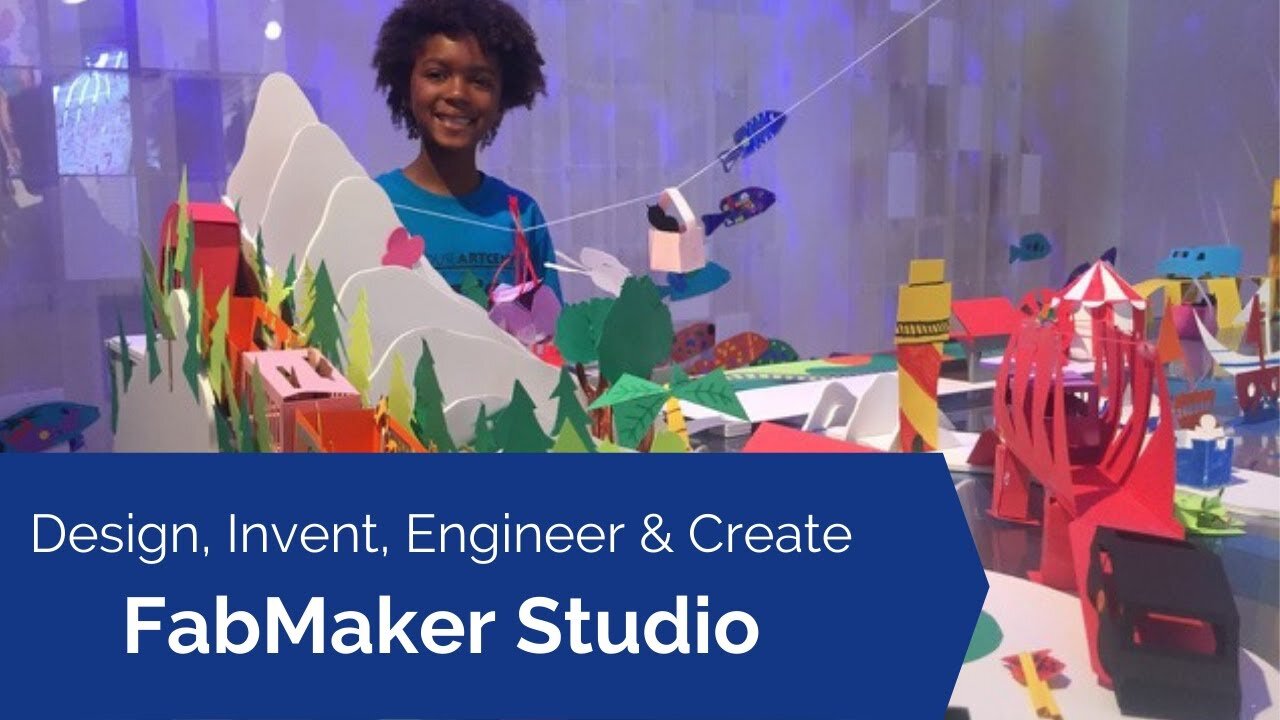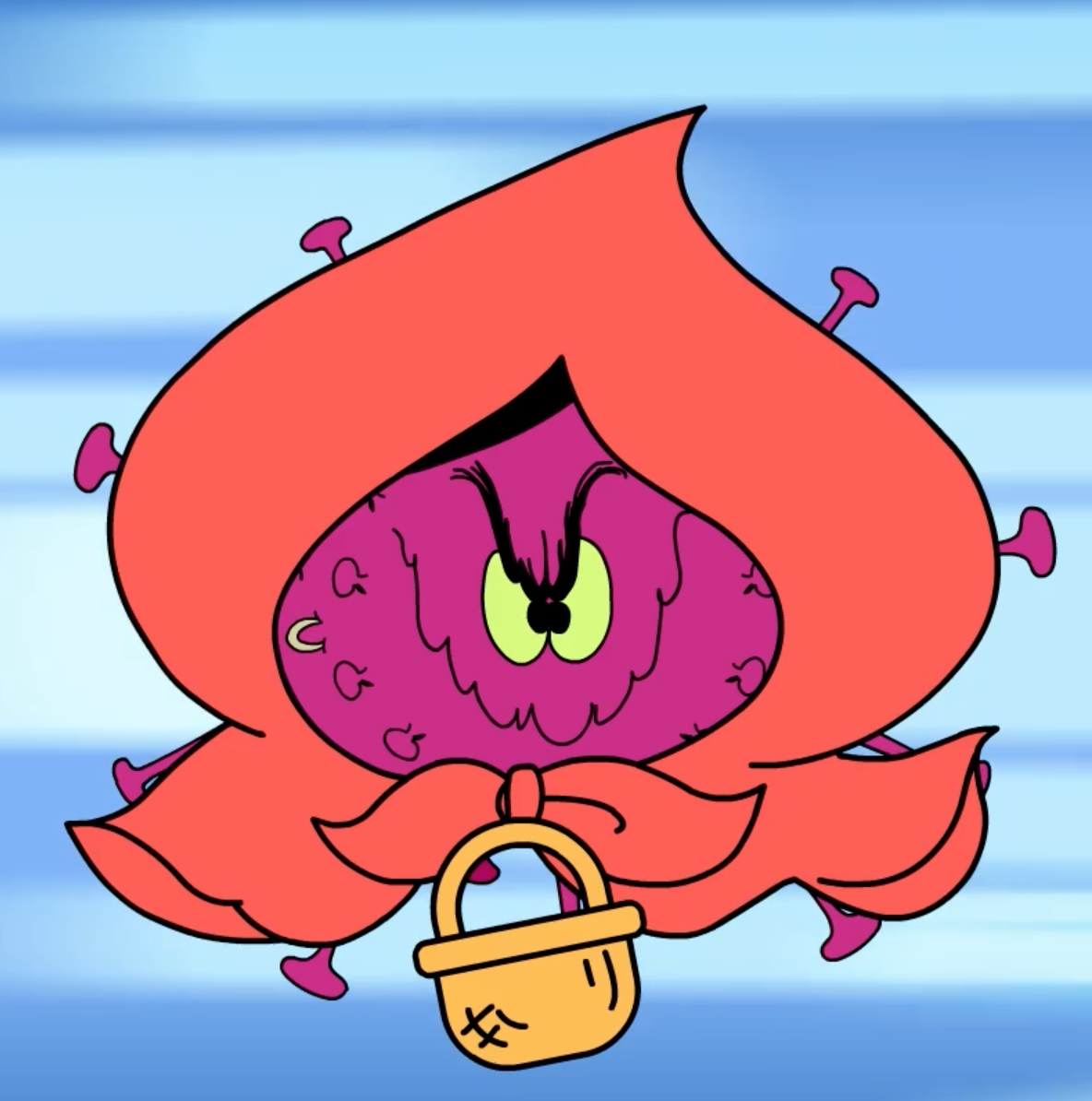While most people tend to be right- or left-brained, Esther Tzau’s got it all. Her computer science degree and coding experience speak volumes about her left-brain logic and STEM mind, ensuring that she’s an excellent junior developer at FableVision. Meanwhile, her art portfolio consists of original designs, animations, and her own children’s book, continuously improving her right-brain creativity and storytelling.
“My interdisciplinary education pushed me to find connections and lean into those in-between spaces, and showed me how we can use technology to educate and tell stories in engaging and affirming ways,” says Esther.
When Esther works on FableVision tech projects, she brings more to the table than her coding abilities. She can look at the work through a critical and creative lens, leveraging the experience from her personal storytelling projects.
Read more to learn about Esther’s path to FableVision, unique projects outside of the studio, and the one game that she always wins.
What’s your “journey to FableVision” story?
I first heard about FableVision in high school, when my graphic design teacher encouraged me to apply for FableVision’s internship program (thanks, Ms.Ciccolo!). When we learned that the internship was only open to college students, I put the application in my back pocket as I prepared for my first semester of college. Afterwards, this small but mighty studio mysteriously began to pop up in different conversations and circles over the next few years.
In 2018, I worked for an after school coding program for elementary school students and co-taught a class with former FableVision production artist and animator Taryn Johnson. She was the coolest—she had the best purple hair and was the best person to work with—and I was intrigued by her experiences as an artist at FableVision. Pursuing a career in animation and games? In Boston? I had no idea that my city was home to a thriving animation and gaming community.
FableVision spring 2020 interns
In 2019, after interviewing for the marketing internship, I asked Brian Grossman, FableVision’s technical director at the time, if I could shadow him and the developer team at FableVision. To my surprise, he said yes! I joined the spring 2020 intern cohort as a technical intern and developed Shared with 3 Others: a thoughtfully written, cleverly designed, and visually stunning game, alongside my talented fellow interns. As we developed this game and met other FableVisionaries, I confirmed that the role of “educational game and web developer” existed and that it was a possible path for me.
The following summer, I was thrilled to work alongside the FableVision team as a freelancer. After graduating from Tufts University in 2020, Jordan Bach, FableVision’s current technical director, invited me to return full-time as a junior developer at the studio. It’s funny, now I’m the one telling people to intern at FableVision!
You majored in computer science and American studies! How did your educational background prepare you for this role?
I knew I wanted to study computer science after my summer with Girls Who Code, where I felt empowered to program creative educational experiences. For my final project, our team developed a prototype for a web app that helps immigrant kids practice reading English. The goal of that project was similar to the Spanish language updates I implemented for Project Here Games, my first full-time project with FableVision. Project Here promotes nonviolent communication skills and healthy decision making through social emotional learning.
I encountered American studies during my first semester at Tufts, when I took a class on Asian America. American studies critically examines race, colonialism, and diaspora. It was a sort of therapy for me, as it gave me the language and space to process silenced histories and lived experiences within such a compassionate and active community. As I learned more about our broken education system, I became especially interested in different pedagogies and how learning can happen in and outside of the traditional classroom.
At Tufts, I also spent a lot of time in the Film and Media Studies Department (FMS), the School of Museum of Fine Arts (SMFA), and our student magazine’s multimedia team (check out Tufts Observer). My projects in those spaces helped me merge computer science and American studies in unexpected ways. For example, I took a web programming class, experimented with the Unity game engine and Maya 3D modeling in my game design class, and applied what I learned to the Observer’s multimedia projects as we explored interactive journalism.
Boston Asian American Film Festival volunteering (photo with Princess Punzalan from Yellow Rose)
How do you work with the other creative teams at the studio to ensure that your work resonates with the audience?
I work closely with producers, designers, and artists, and I’m inspired by how the studio prioritizes accessibility at every stage of the development process. Our UI/UX designers intentionally design accessible experiences for users with different abilities, artists create assets with guidelines (like color contrast) in mind, and producers inform me about what technical accessibility standards need to be implemented. Making sure that our games and interactives can be experienced by as many people as possible, regardless of their abilities, is very important to us.
I enjoy being at the end of the pipeline, pulling together the great ideas generated by clients and team members. Since I get to do final screenings and build the finished product, I’ve found opportunities to speak up if I notice that members of our audience have been overlooked unintentionally, or lost in the margins, and I bring any suggestions to the production team.
What’s a typical day like for a junior developer?
It’s common to work on multiple projects at a time, so I check the weekly schedule to see which project I’m on that day. Then I spend most of the day debugging code, developing online interactives based on design documents, and researching new tools.
Throughout the week, I’ll check in with the producer(s) on a project, join a meeting with a client to gather feedback and share progress, and meet with fellow developers. During developer meetings and code reviews, the developers share challenges and helpful tools, bring questions, and discuss possible solutions. I’m truly blessed to learn and laugh with this development team. The developers are comedians and it always amazes me how their brains can store so much information.
You grew up in the Boston area! What do you like to do around here?
Eat, mostly. Whether I’m picnicking at Castle Island with friends, stuffing myself with a 10-course meal at a Chinese banquet with my church community, or hitting up all-you-can-eat restaurants with my family, you can probably find me eating somewhere with people I love. My favorite dessert spot is YoCha in Quincy!
We heard that you wrote and illustrated your own children’s book! Can you tell us more about that?
Coming soon to a library near you! At least, that’s the dream. This book is dedicated to my niece, my mom, and my Po Po (grandma in Cantonese).
Here’s a blurb: Mui Mui’s best friend and role model is her Po Po, but since she doesn’t have the language to ask, she knows nothing of her past. One day, during a visit with her grandmother, they bond, and she imagines all of the great things Po Po possibly could have done as a young woman. In a moment of magical realism, she learns the truth, and realizes how she inherited this gift of radical imagination from her Po Po.
Stay tuned! I’ll let you know when it’s out.
Sneak peek of Esther’s book
What advice would you give to young people who are interested in pursuing a job as a developer?
Computer science can feel isolating sometimes, so seek out community! It’s easy to get discouraged and frustrated, and experience imposter syndrome. Get comfortable with asking for help, whether from professors, teaching assistants, online forums, peers, or coworkers. Even if the person you ask is also stuck, it’s a lot more fun to problem solve (and/or commiserate) with another human being.
Don’t let computer science turn you into a robot. Eat, sleep, rest, and take care of yourself. At school, it sometimes feels like everyone is pursuing a software development role at some Big Tech company, but if that’s not what you want, remember that programmers are needed in every field. Hold on tightly to your interests and don’t be afraid to make unconventional decisions.
Lastly, reach out to folks doing the kind of stuff that interests you. As you can tell from this FableFriday, people love to talk about themselves! You’ll learn so much from them and their connections. The worst that could happen is they say “no.” Once you get used to rejection, that's not so bad. :)
Esther’s Favorites:
Favorite book: The Best We Could Do by Thi Bui. I love graphic novels and memoirs, and this one is really special.
Favorite artists: Shout out to my talented friends: @tanjoreenie, @camoot.journal,@maxinearts, and @mariafongtastic. Check out their work on Instagram!
Favorite movie: Hmm, I can’t choose just one, so Coco, Get Out, and Ip Man 4. The iconic Ip Man navigates the cultural appropriation of martial arts and racial violence in his fourth movie. I’m a big fan of the anti-villain Chairman Wan, who is fiercely protective of San Francisco’s Chinatown. Some of the acting is so bad, but that only serves to let our Asian actors and actresses shine, so I’m here for it.
Favorite game: The game that’s been a staple in my family and in all of my communities—Bananagrams! Try to beat me, I dare you.
Favorite museum: MOCA—The Museum of Chinese in America in New York City. Next time you’re in New York, go support this important collection of artifacts and oral histories! I promise you will learn so much.
Favorite place to travel: Portugal had a huge impact on me. Beyond the tasty seafood, majestic ocean and mountain views, lovely hospitable tour guides, and fond memories with my family, this was the first trip when I was hyper-aware of what it means to be a tourist in someone else’s home. I wore a critical historical lens everywhere I went.


